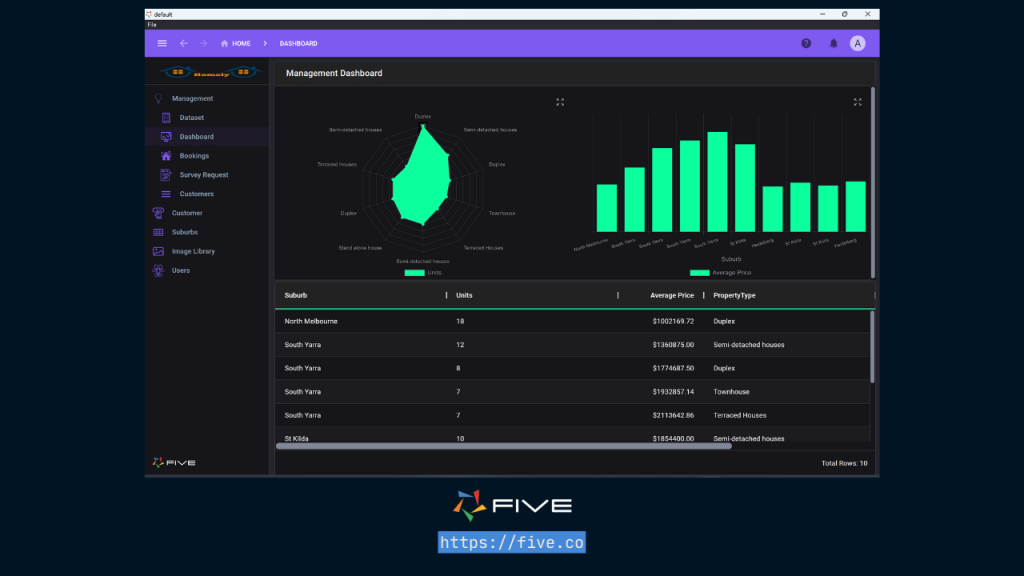MySQL BOOLEAN Data Type (Comprehensive Guide)
MySQL BOOLEAN Data Type: Quick & Easy Guide
When working with MySQL, managing true/false values effectively is essential for various applications. In MySQL, the BOOLEAN data type provides a straightforward way to handle these binary states. This article will delve into the BOOLEAN data type, how to use it, and best practices to maximize its utility in your database projects.
- MySQL BOOLEAN Data Type: Quick & Easy Guide
- What is the BOOLEAN Data Type in MySQL?
- Why Use BOOLEAN Data Type?
- Syntax for BOOLEAN Data Type in MySQL
- Examples of Using BOOLEAN Data Type
- Common Use Cases for BOOLEAN Data Type
- Tips for Using BOOLEAN Data Type Effectively
- Conclusion: MySQL BOOLEAN Data Type
- Frequently Asked Questions (FAQs)
What is the BOOLEAN Data Type in MySQL?
The BOOLEAN data type in MySQL is used to store true or false values. Internally, MySQL treats BOOLEAN as a TINYINT(1), where 1 represents true and 0 represents false. Despite this, using BOOLEAN improves code readability and intention clarity.
Why Use BOOLEAN Data Type?
Using BOOLEAN in MySQL offers several benefits:
- Clarity: Improves code readability by clearly indicating that a column is intended to store true/false values.
- Consistency: Ensures consistent representation of boolean values across your database.
- Simplification: Simplifies querying and maintaining your database schema.
Syntax for BOOLEAN Data Type in MySQL
To define a BOOLEAN column in MySQL, you use the following syntax:
CREATE TABLE table_name (
column_name BOOLEAN
);Since BOOLEAN is an alias for TINYINT(1), you can also define it explicitly:
CREATE TABLE table_name (
column_name TINYINT(1)
);Examples of Using BOOLEAN Data Type
Example 1: Creating a Table with BOOLEAN Columns
Suppose you want to create a table named users with a column is_active to indicate whether a user is active or not.
CREATE TABLE users (
user_id INT AUTO_INCREMENT PRIMARY KEY,
username VARCHAR(50) NOT NULL,
is_active BOOLEAN
);Example 2: Inserting Data into a BOOLEAN Column
To insert data into the is_active column, you can use true/false values:
INSERT INTO users (username, is_active) VALUES ('john_doe', TRUE);
INSERT INTO users (username, is_active) VALUES ('jane_doe', FALSE);Example 3: Querying Data from a BOOLEAN Column
To retrieve data based on the BOOLEAN column, you can use the following queries:
-- Retrieve all active users
SELECT * FROM users WHERE is_active = TRUE;
-- Retrieve all inactive users
SELECT * FROM users WHERE is_active = FALSE;MySQL BOOLEAN Data Type: Build a MySQL Web App
The BOOLEAN data type in MySQL is essential for effectively managing true/false values in your database. However, creating a complete and functional web application involves more than just understanding SQL. This is where rapid application builders, like Five come into play.
In Five, you can define your database schema using the BOOLEAN data type just as you would in MySQL. Five provides a MySQL database for your application and gives you an auto generated UI.
Five’s visual query builder allows you to drag and drop to create queries that include BOOLEAN data types, making it easier to visualize relationships and join tables. This feature is particularly useful for those who prefer visual design over writing SQL code manually.
With Five, you can create forms, charts, and reports based on your database schema. This means you can easily build interfaces that interact with data fields, such as toggles for active/inactive statuses.
Five also allows you to write custom JavaScript and TypeScript functions, giving you the flexibility to implement complex business logic. This is crucial for applications that require more than just standard CRUD operations.
Once your application is built, Five simplifies deployment. You can deploy your application to a secure, scalable cloud infrastructure with just a few clicks. This means you can focus on development without worrying about the complexities of cloud deployment.
If you’re serious about working with SQL, give Five a try. Sign up for free access to Five’s development environment and start building your next web application today.

Common Use Cases for BOOLEAN Data Type
- User Status: Indicating whether a user is active or inactive.
- Feature Toggles: Managing the activation or deactivation of features.
- Flags: Setting various flags for conditions or statuses in your application.
Tips for Using BOOLEAN Data Type Effectively
- Default Values: Define default values for BOOLEAN columns to ensure consistent data entry.
CREATE TABLE users (
user_id INT AUTO_INCREMENT PRIMARY KEY,
username VARCHAR(50) NOT NULL,
is_active BOOLEAN DEFAULT TRUE
);- Indexing: Consider indexing BOOLEAN columns if you frequently query them to improve performance.
CREATE INDEX idx_is_active ON users (is_active);- Boolean Expressions: Use boolean expressions in your queries to enhance readability and maintainability.
SELECT * FROM users WHERE is_active;Conclusion: MySQL BOOLEAN Data Type
Understanding and effectively using the BOOLEAN data type in MySQL can significantly enhance the clarity and consistency of your database schema. By using BOOLEAN, you simplify your queries and ensure that your data accurately represents binary states.
Although MySQL treats BOOLEAN as TINYINT(1) internally, the BOOLEAN alias provides a clearer intention for your database design. Utilize the tips and examples provided in this article to implement BOOLEAN in your MySQL databases effectively.
For more detailed guides on MySQL and other database management topics, be sure to check out our other articles and resources.
Frequently Asked Questions (FAQs)
What is the difference between BOOLEAN and TINYINT(1) in MySQL?
In MySQL, BOOLEAN is an alias for TINYINT(1). While BOOLEAN improves code readability by clearly indicating true/false values, it is stored as a TINYINT(1) internally.
Can I use TRUE/FALSE in INSERT statements?
Yes, you can use TRUE and FALSE in INSERT statements. MySQL converts TRUE to 1 and FALSE to 0.
How do I set a default value for a BOOLEAN column?
You can set a default value for a BOOLEAN column using the DEFAULT keyword:
CREATE TABLE users (
user_id INT AUTO_INCREMENT PRIMARY KEY,
username VARCHAR(50) NOT NULL,
is_active BOOLEAN DEFAULT TRUE
);Should I index BOOLEAN columns?
Indexing BOOLEAN columns can improve performance if you frequently query based on these columns. However, consider the overall impact on your database performance.
How do I update a BOOLEAN column?
You can update a BOOLEAN column using the UPDATE statement:
UPDATE users SET is_active = FALSE WHERE user_id = 1;By mastering the BOOLEAN data type, you can ensure that your MySQL database effectively handles binary states, leading to more readable, maintainable, and performant queries.


